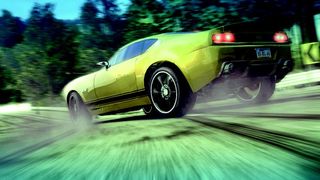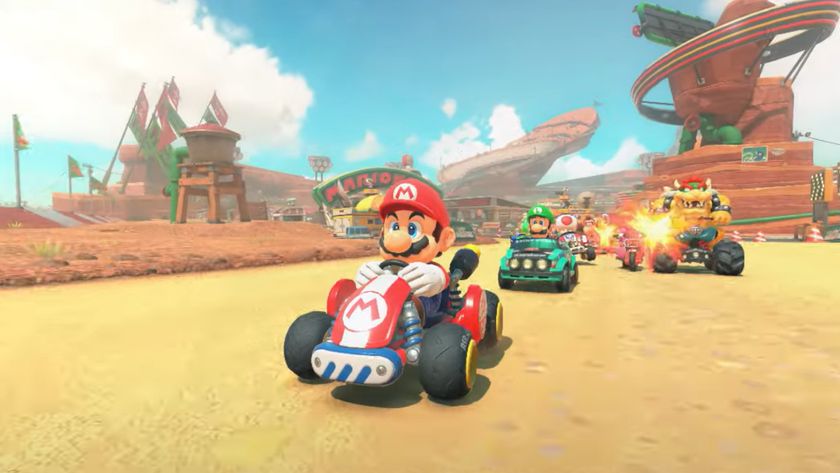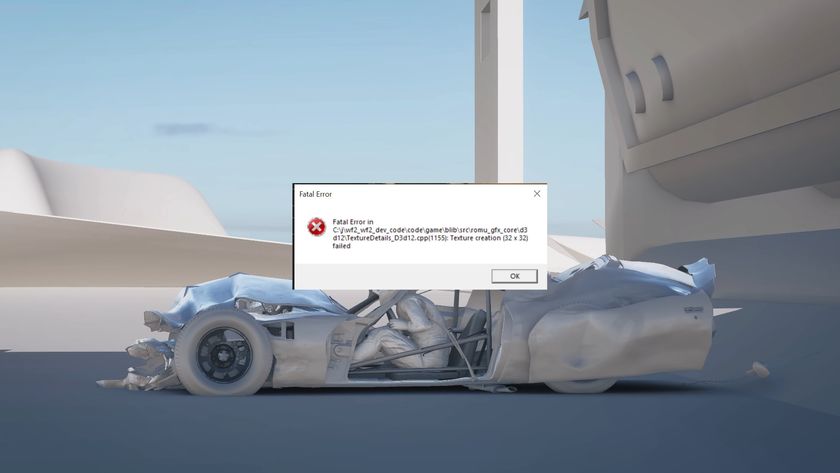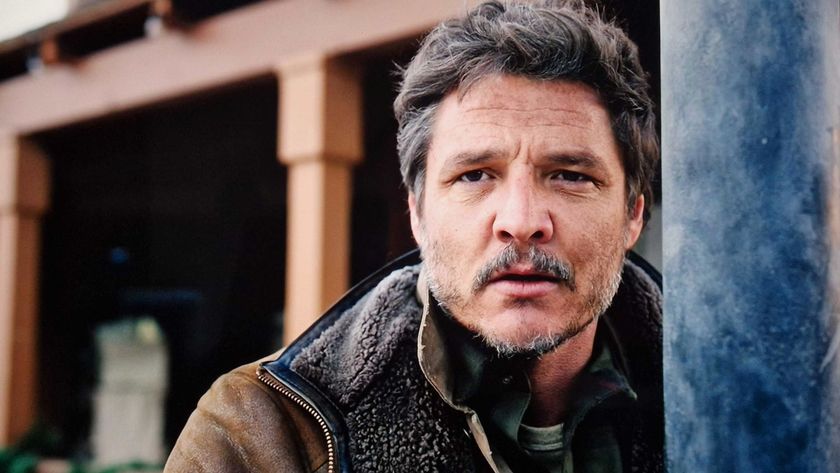Why Burnout Paradise is one of the greatest games ever made
Take me home
Other elements were built specifically to take advantage of the open-world. We found that we’d chase anything the game told us to, just to take advantage of the wonderful world that Criterion had built--all it would take is an arrow pointing us in the direction of a car we could wreck to unlock and we’d spend as much time as necessary chasing it down, cat-and-mouse style, going totally out of our way just to smash it.
Watch the DLC trailer to see just how much changed in Paradise City
Also of note was the post-release support Criterion gave the game. Besides improving just about every facet of the game with updates that continually made the racing stronger, it also released more post-launch DLC than any game up to that point (and nearly every game since). New areas, new vehicles, and even new vehicle types were added, including a patch that, updated the game to include motorcycles and a day/night cycle. Better yet, nearly all of this DLC was completely free of charge, adding gigabytes of new content to Burnout Paradise and giving gamers continued excuses to keep racing. Odds are this phenomenon was a test by Electronic Arts to see how much of an influence on sales free post-release DLC had, and though it likely wasn’t too big of a success for EA, it was a rousing success for gamers, who received an incredible amount of free goodies.
And though we lost traditional wrecking missions--a staple of the series--we gained “Showtime,” the new, more dynamic crash mode, which allowed us to turn any intersection into a crime scene, with dozens of cars piling up and exploding as we tumbled our wrecked metal from vehicular explosion to vehicular explosion. This, in many ways, defined the Burnout Paradise experience: Taking things that people loved and adapting them enough to the point of unrecognizability, without actually changing what made them fun.

Online functionality, too, stood out as some of the best in the genre, offering the ability to drop in or drop out of any game in progress. When in a game with friends it wasn’t about racing all the time, either--though you’d likely spend some of your time doing just that. Instead, it was like throwing a party, with the host having the ability to trigger events to put all of the players to the test to see who could drift the furthest or drive into oncoming traffic for the longest. Even after this lost its appeal, the ability to simply engage in massive games of tag were endlessly enjoyable thanks to the game’s wonderful physics and graphics, creating some of the most violent-looking wrecks we’d ever seen.
We still remember our time in Paradise City as though it was a beach town we visited as kids. Often we’ll laugh with friends about the great times we had and locations we visited, or swap stories about Showtime moments or specifically memorable crashes. Some believe that Burnout Paradise killed the Burnout series by driving it too far away from the starting line, but we believe this choice, instead, created something truly unique and amazing, and a game that absolutely deserves to be listed on our 100 best games of all time.
"Why _____ is one of the greatest games ever made" is a weekly feature that goes through GamesRadar's list of the 100 best games of all time and highlights different titles, explaining why they're on the list, what makes them so amazing, and why we love them so much.
Sign up to the GamesRadar+ Newsletter
Weekly digests, tales from the communities you love, and more
Hollander Cooper was the Lead Features Editor of GamesRadar+ between 2011 and 2014. After that lengthy stint managing GR's editorial calendar he moved behind the curtain and into the video game industry itself, working as social media manager for EA and as a communications lead at Riot Games. Hollander is currently stationed at Apple as an organic social lead for the App Store and Apple Arcade.

Porting Mario Kart 8 Deluxe to the Nintendo Switch was "kind of an afterthought," and now it's so popular that getting fans to switch could be a challenge

Devs behind beloved destruction-focused racing game Wreckfest launch the sequel in early access with a trailer full of physics glitches and fatal error messages











